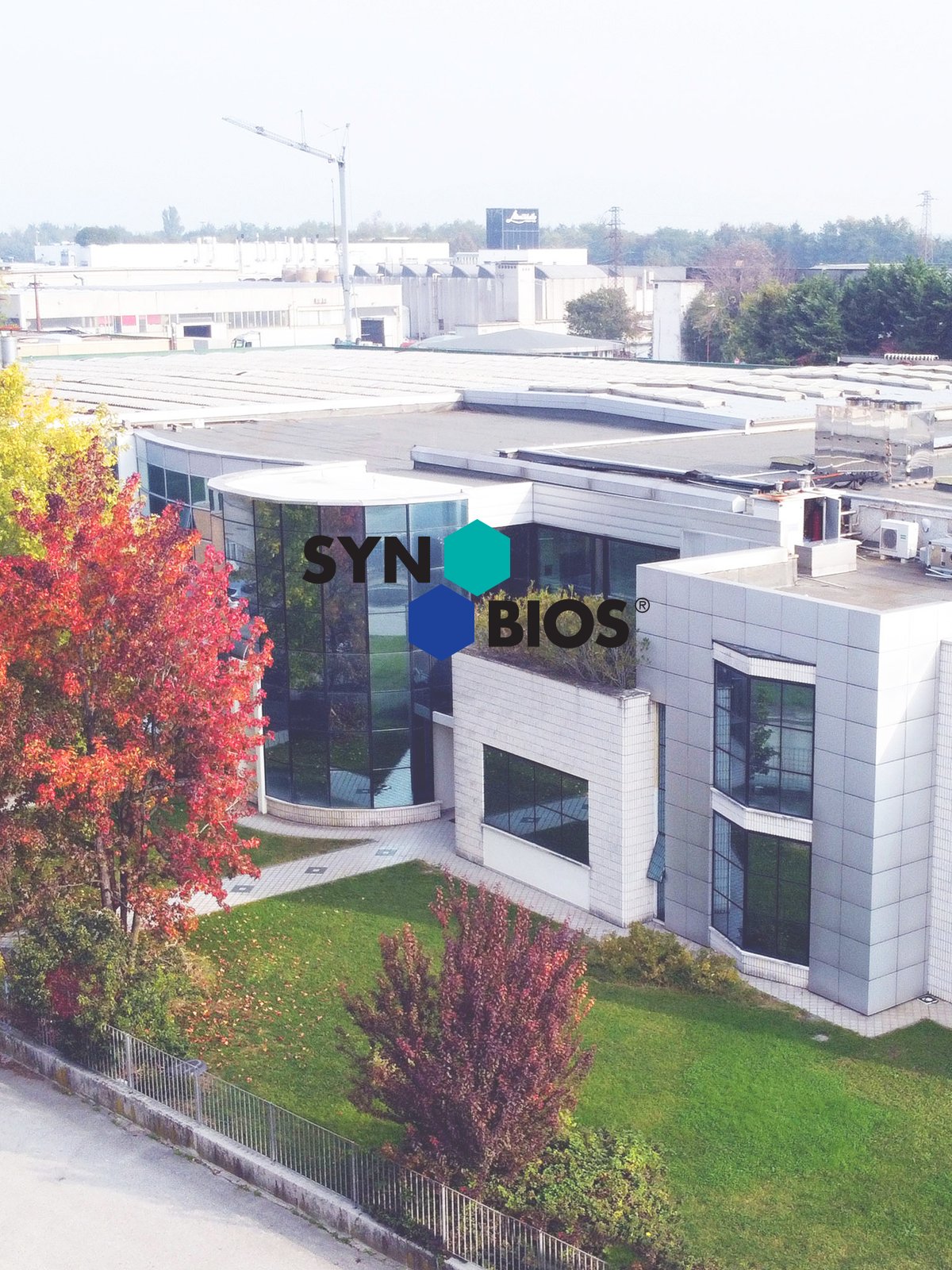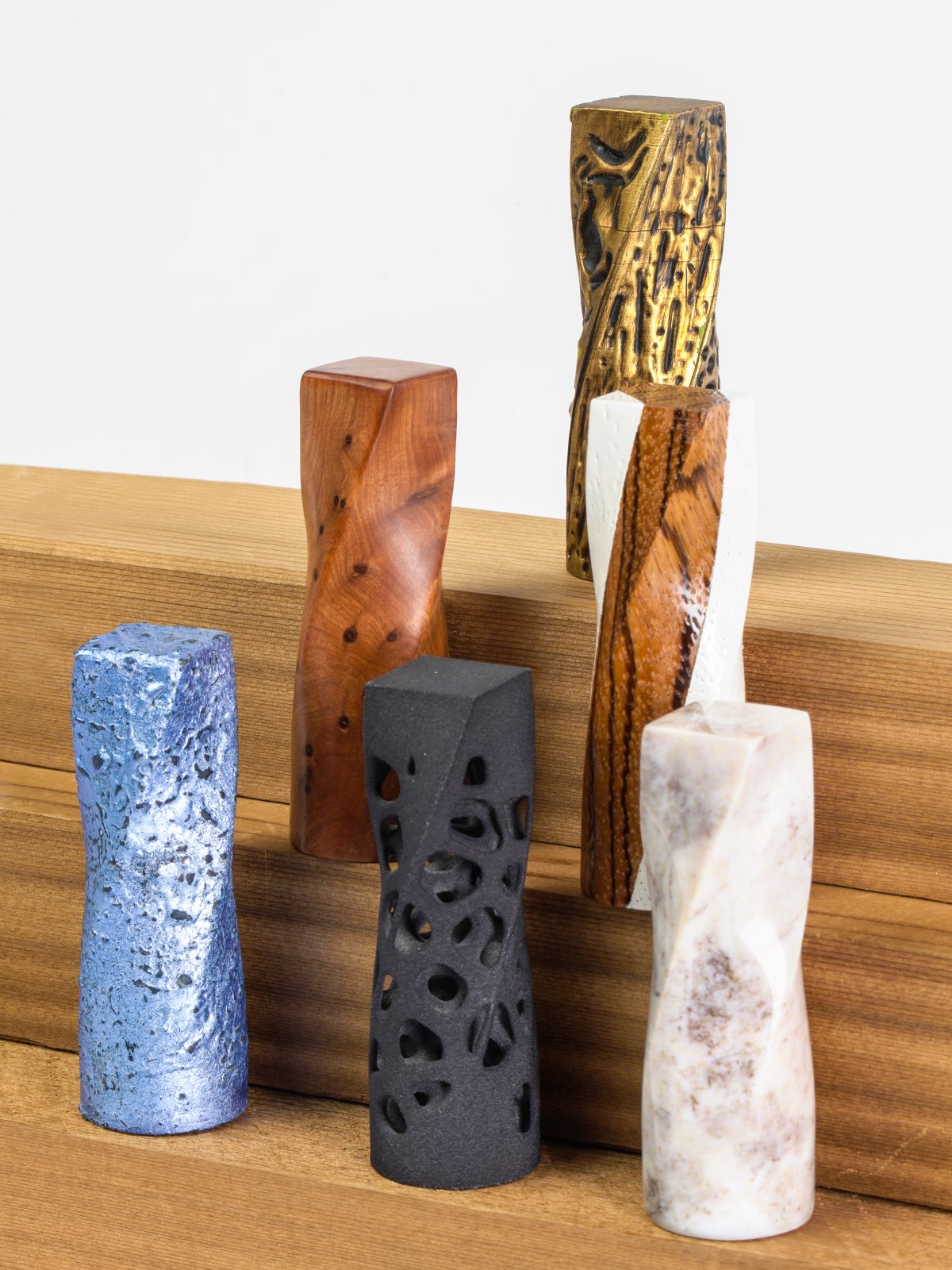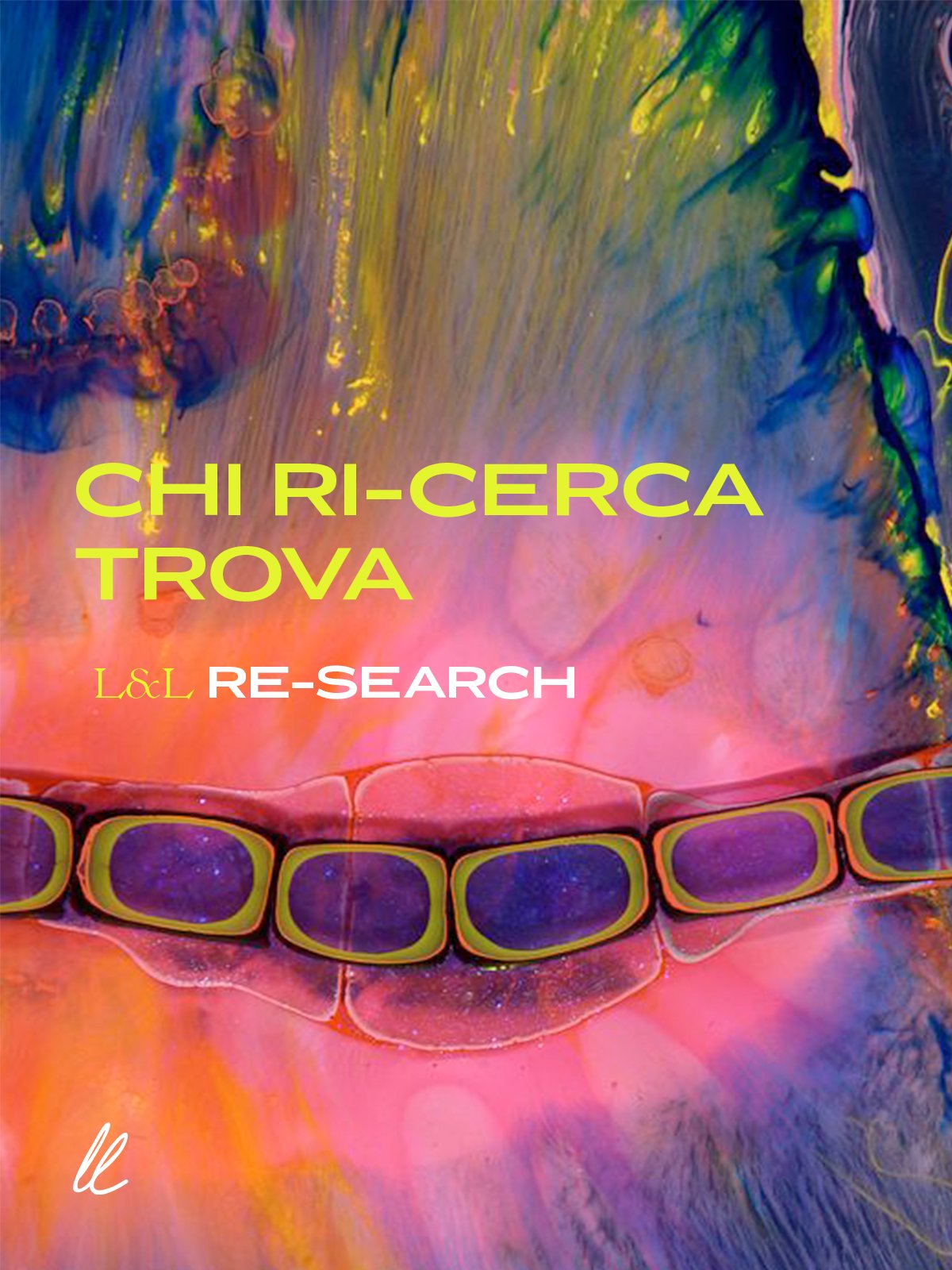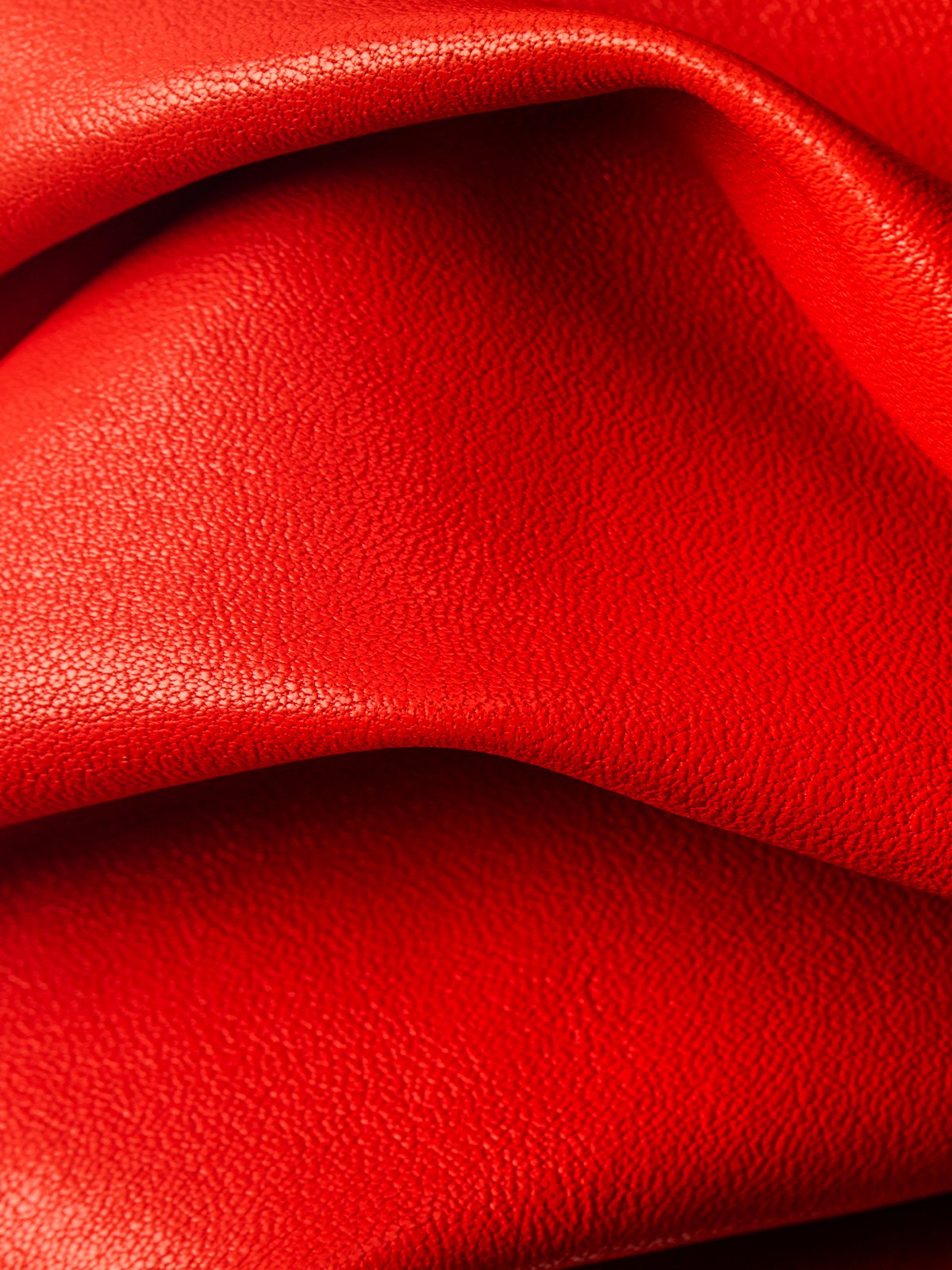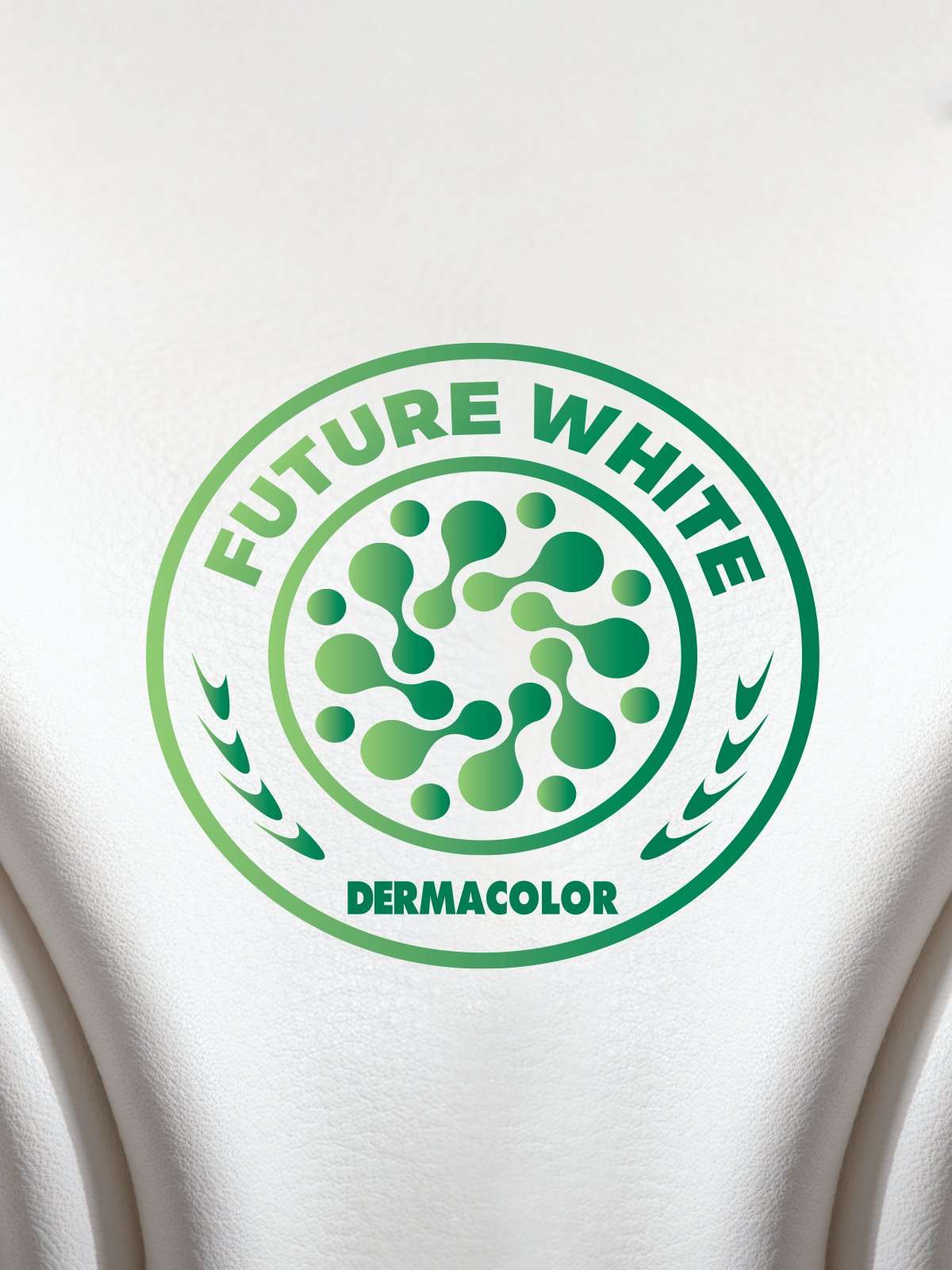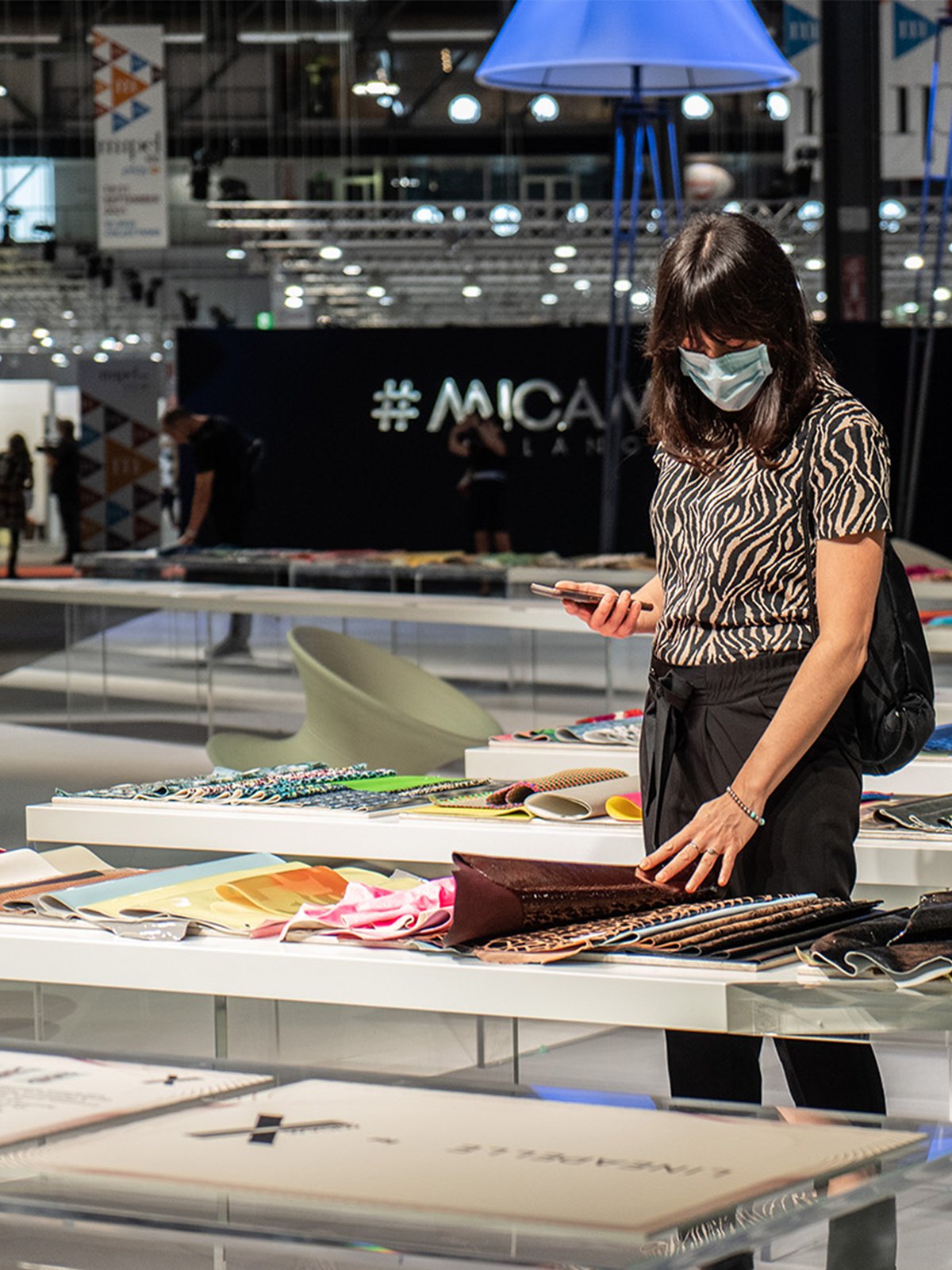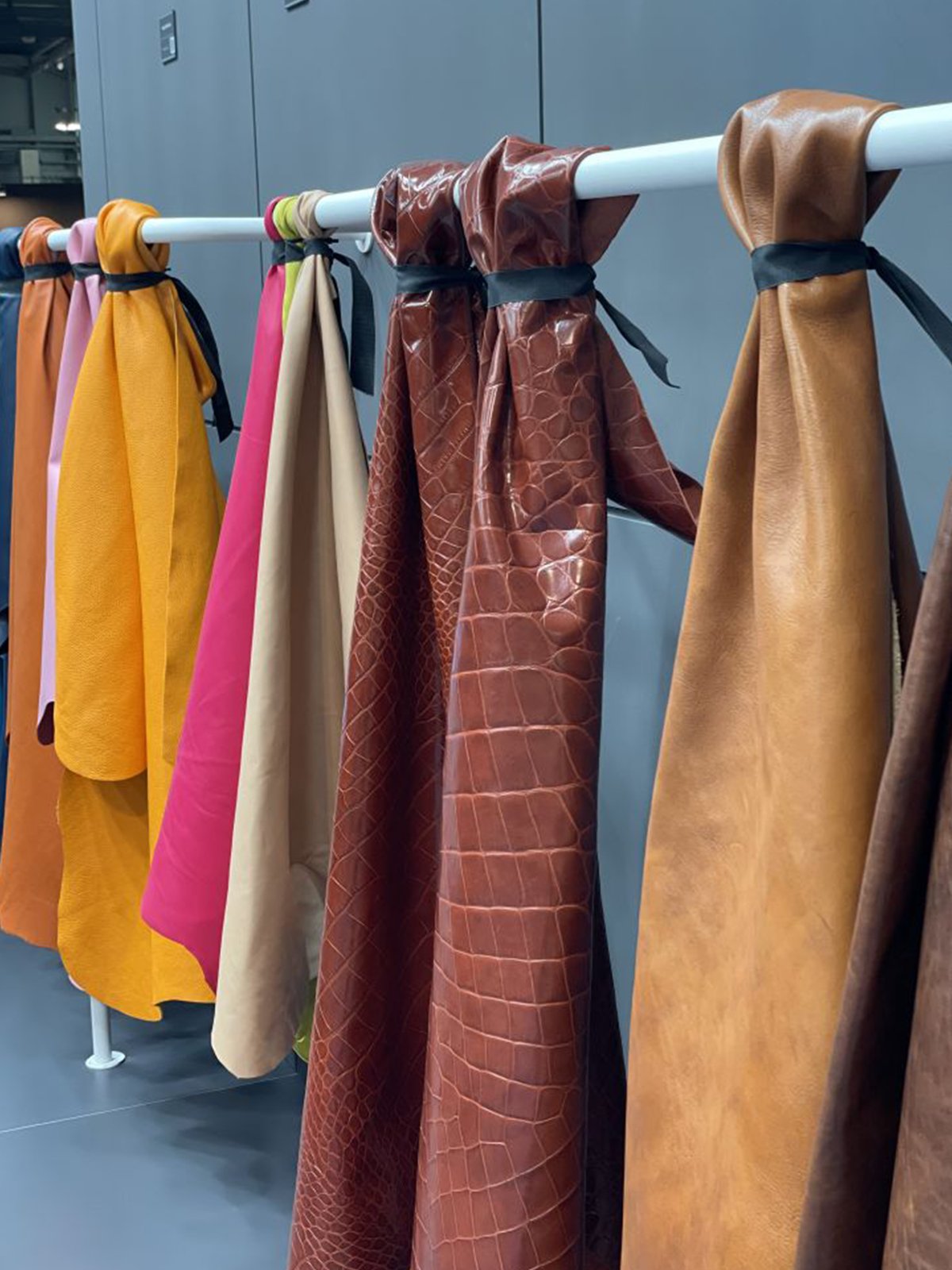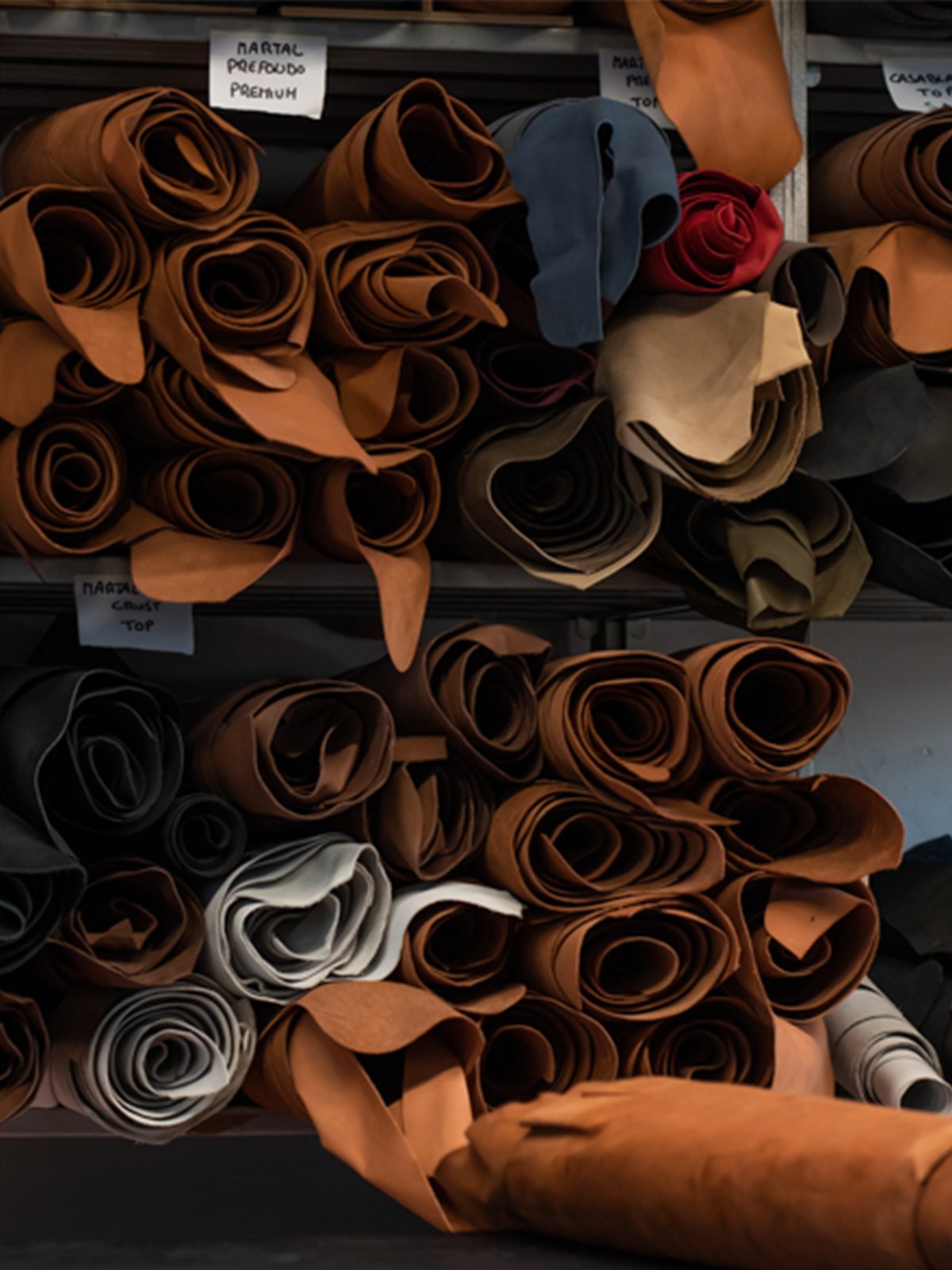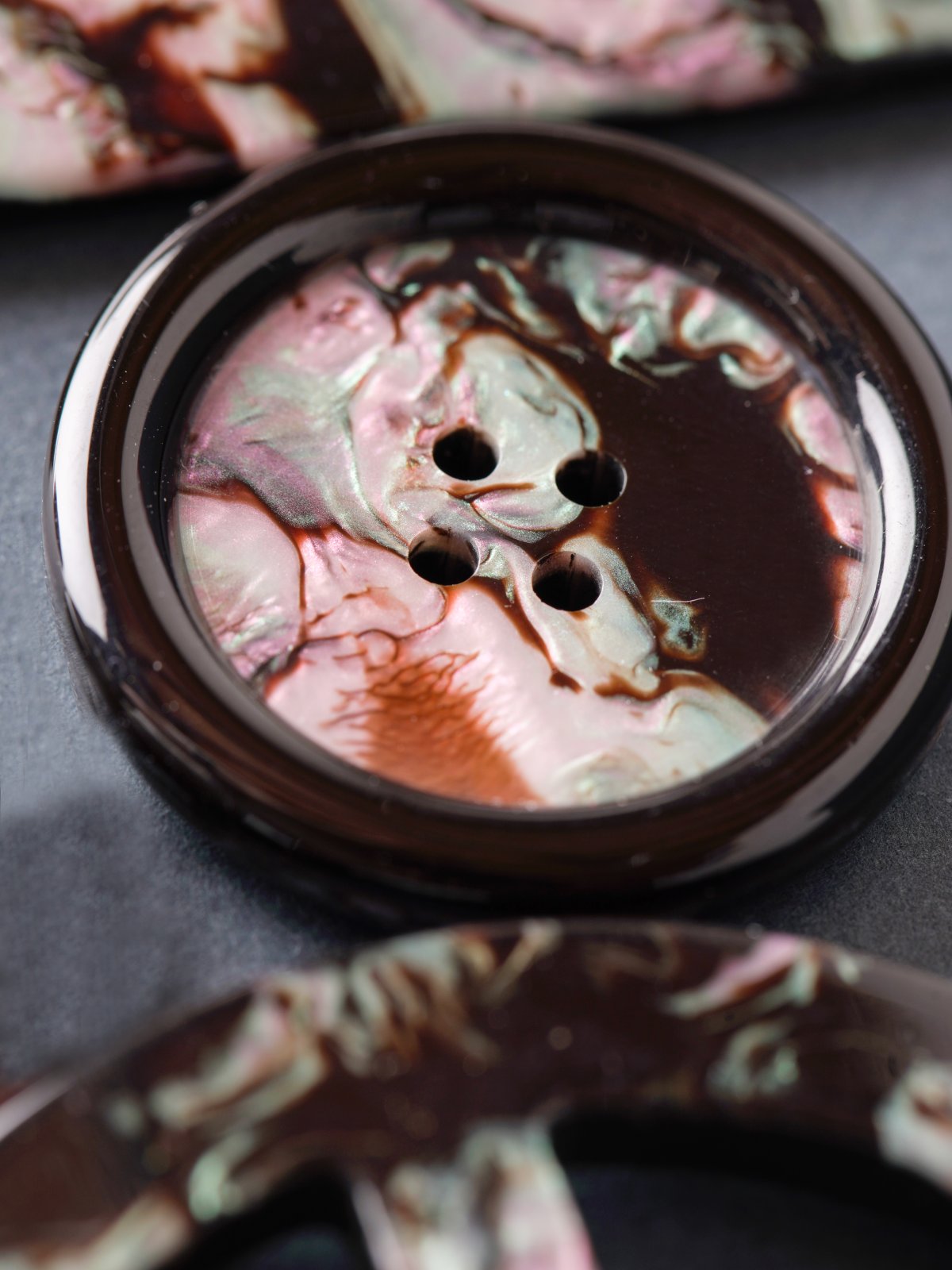News
Chrome or no chrome?

Let us begin at once with an inescapable statement: the chromium that is used to tan hides, the trivalent, has very low hazard factors, and is essential in the lives of mammals, including humans, as it has a regulatory function in carbohydrate metabolism. It is also used in cosmetics and pharmaceuticals. As Fulvia Bacchi, president of Unic, CEO of ICEC (Institute of Quality Certification for the Tanning Industry) and a member of the board of directors of SSIP (Experimental Station for the Leather and Tanning Material Industry in Naples), has repeatedly pointed out, it is necessary to pay close attention to misunderstandings induced by terminology and certain marketing by big brands that focuses on emotionalism, so dear to newspapers in search of scoops (e.g., the Kering Group's proclamation that it wants to achieve 100 percent tanning without metal or chromium by 2025).
In the early 1900s, moving from a largely artisanal process to an industrial form of leather and hide production, chrome tanning gradually became established in the leather industry worldwide for a number of reasons: practicality of execution, competitive cost, and above all, the quality and versatility of the items produced, both in terms of the end product and specific performance (footwear, leather goods, clothing, furniture, automotive, and so on). In addition, most of the chromium in leather is firmly attached to the collagen during tanning: this characteristic is the basis of its widespread use in the industry.
If today, 85 percent of the leathers produced in the world are chrome tanned, it is because very high levels of performance have been achieved. From a purely sustainability perspective, if the goal is to lengthen the life cycle of products to reduce their environmental impact, chrome-tanned leather still exhibits the highest level of durability, understood as the ability to preserve its original chemical and commodity characteristics over time.
Chromium-tanned leathers are characterized, compared to alternative concepts, by higher performance in terms of resistance to light, heat, tearing, and water, and stand out for color stability. The high stability of the resulting leathers also leads them to be resistant to bacterial attack, resulting in reduced consumption of biocide agents. In addition, the anionic character (endowed with a negative charge) of chrome-tanned leather allows for greater absorption of anionic chemical auxiliaries, precisely, such as dyes and fatliquors, resulting in better efficiency and lower environmental impact of the retanning, dyeing and fatliquoring stages, as well as positive effects on the quality of the finished leathers. And, the last fundamental factor, from the environmental point of view, there is certainly the greater ease of purification of wastewater, thanks both to the ease of separating chromium salts from the water and to the effectiveness of the aforementioned post-tanning processes, from which derives a greater absorption of chemicals by the leather and the need therefore for less consumption of them. By segregating tanning wastewater, it is therefore possible to recycle trivalent chromium salts in the tanning industry.
Sustainability studies of tanning processes, carried out using the Life Cycle Assessment methodology (ISO 14040 ff), show that to date the environmental performance of the different types of tanning are substantially similar, and that chromium tanning is even to be preferred to the alternatives currently available on the market, in terms of pollutant load in water discharges. In fact, sewage treatment plants are able to dispose of the residue contained in wastewater, while alternative chromium products are more problematic to break down in disposal. In addition, it is conceivable that the elimination of chromium III from the tanning process, gives rise to an increased risk of sensitization and allergies for certain individuals, due to the increased amount of organic compounds required to produce hides of comparable quality and characteristics.

That being said, the future of the tanning industry must not ignore investment and studies in research and development, but above all it must make great strides as far as innovation and implementation of increasingly specific analysis and certification are concerned. For more than two decades, Italian tanneries have been actively engaged in R&D with good manufacturing practices aimed at optimizing the chrome tanning process. Innovation has made it possible, on the one hand, to reduce the unfixed trivalent chromium content of leathers and, on the other hand, to literally zero out the risk of formation of the toxic hexavalent chromium, either by eliminating auxiliaries or operating procedures identified as critical, or by introducing antioxidant products with low environmental impact.
A further challenge is the optimization of reuse and recycling of chrome-containing tanning wastes, and in this the Italian tanning districts have proven capable of exceeding expectations, thanks to the aforementioned recovery, reuse and recycling techniques, as well as improved efficiency of tanning processes, which can be further implemented by performing effective controls along the supply and production chain. Certainly, globally, not all leather is produced according to the best available technologies and the most modern processing methods. However, the Italian tanning industry can boast a high level of product and process safety, as well as quality and creativity of its articles.
[data and studies courtesy of SSIP]

